Build Your Own PC February 2010: CPU, Motherboard And RAM
Whenever I'm thinking of building a new PC I'm starting the selection process months earlier. I begin with an analysis of my needs, something that is often forgotten by users.
What will the computer be used for? Will it be a gaming PC, office, photo manipulation, server or all purpose PC? What ports do I need? The latter is important as you need to make sure you can connect all your peripherals to the PC. If your fancy new digital camera supports Firewire or USB 3.0, better make sure it is support by the Pc.
The PC that I want to build for instance has to be an all purpose PC. It should be able to run the latest games but it will mostly be used for work. The PC should be as silent as possible without running to hot.
The operating system will be Windows 7 64-bit. It should support USB 3.0 which has been released some time ago and will become the new standard to connect USB devices.
I have decided to divide the article into different parts to be able to concentrate on specific hardware in each and better describe the reasoning behind the selection.
We begin with the selection of the CPU, motherboard and RAM, the core components of a computer.
Build Your Own PC: CPU
PC users have a wide selection of CPUs at their disposal. It basically comes down to the two manufacturers AMD and Intel who both produce processors for many different purposes.
We are looking for a desktop cpu which means that we will concentrate our search on those. Top of the line CPUs are usually too expensive for their performance gain over the rest of the CPU lineup (unless you have the cash lying around).
This basically leaves two options: An Intel Core-i7, Core-i5 or an AMD Phenom II X4. It is now time to use the Internet or computer magazines to find benchmarks and reviews of those CPUs. You can use many hardware shops like Newegg, CPU Benchmarks or Tomshardware as well as many other sites for that.
You will end up with a few CPUs that would make a good selection: Intel Core i7-860, Intel Core i7-920, Intel Core i5-750 or AMD Phenom II X4 965 BE. The final selection now is not only determined by the performance but also the price and quality of the CPU.
The AMD CPU is cheaper than all Intel CPUs. It's performance is lower than the Intel CPU performance but it should be sufficient for all computing tasks.
The Intel Core i7-860 is the fastest Intel CPU in this field but also the most expensive one, we are talking about a difference of €100 here.
- My Selection: Intel Core i7-860
- Alternative: AMD Phenom II X4 965 BE
Build Your Own PC: Motherboard
The selected CPU leads directly to the motherboard that we need. The Intel Core i7-860 needs an LGA-1156 CPU socket type motherboard.This is usually listed on the page the CPU is offered on so that you know what type of motherboard you need.
We use our needs and wishes that we came up with earlier in this step. The motherboard needs to offer all the ports that we need, e.g. Firewire, which makes the selection process easier for us as we need to find and evaluate only those motherboards that support all the features that we need.
What should the motherboard offer?
- Minimum number of memory slots: 4
- CPU: At least Intel Core i7-860
- Memory: At least DDR3 1600
- USB 3.0
- Onboard Lan: 1000/100/10
- Onboard Sounds: Indifferent
- Onboard Video: No
- SLI: No
- SATA 3 GB/s: At least six
- Raid: No
- Other Connectors: Not needed
This may obviously look different when you build your own PC. It is again important to make an initial selection of 2-3 motherboards that offer what you are looking for. The next step is very important. Perform a search for that motherboard on the Internet and add keywords like problem, error, or help to it. Take a look at those posts and the number of them to see how likely it is that you might run into troubles.
The Gigabyte GA-P55-USB3 is one of the few motherboards that support USB 3.0 right now. It is not as expensive as many other motherboards that offer USB 3.0 (costs $120). The other motherboards that I have taken a look at are the MSI P55-GD85 which retails for about $220 which has a surprisingly similar configuration to the Gigabyte motherboard, and the ASUS P7H57D-V EVO for $200 which is the only one of the three with an HDMI port.
The Gigabyte GA-P55-USB3 offers all features that I require. On the positive side, it is roughly $100 cheaper than the rest of the motherboards. That's enough to make it my pick in the motherboard category.
My Selection:
- GIGABYTE GA-P55-USB3
Build Your Own PC: RAM
The selection of the motherboard determines the RAM - or computer memory - that we can use. We also need to determine at this point if we want more than 4 Gigabytes of RAM. We would need a 64-bit operating system if we do.
We do need DDR3 RAM (to be precise 240-Pin DDR3 SDRAM)Â as this is the computer memory supported by the selected motherboard.
We also need dual-channel or quad-channel and not triple-channel RAM as we have selected the Core i7-860 cpu. This means that we either need to shop for 4 Gigabytes of RAM or a factor of that (8, 12 or 16 which is the maximum supported by the motherboard).
It does not really make sense to buy less than 4 Gigabytes as it would limit the PC''s performance. Avid gamers or those that run applications that need as fast RAM as they can get might want to take a look at overclocked RAM or RAM that can be overclocked nicely. I usually stay away from that RAM though as the performance gains usually do not justify the price increase. The motherboard supports up to DDR3-2200.
My Selection
- CORSAIR XMS3 8GB (4 x 2GB) 240-Pin DDR3 ($270)
- G.SKILL Trident 8GB (4 x 2GB) 240-Pin DDR3 SDRAM DDR3 2000 (if you want faster) ($290)
This was the first part of the Build your own PC February edition. I hope you enjoyed this as much as I do. Leave a comment if you have questions or suggestions.






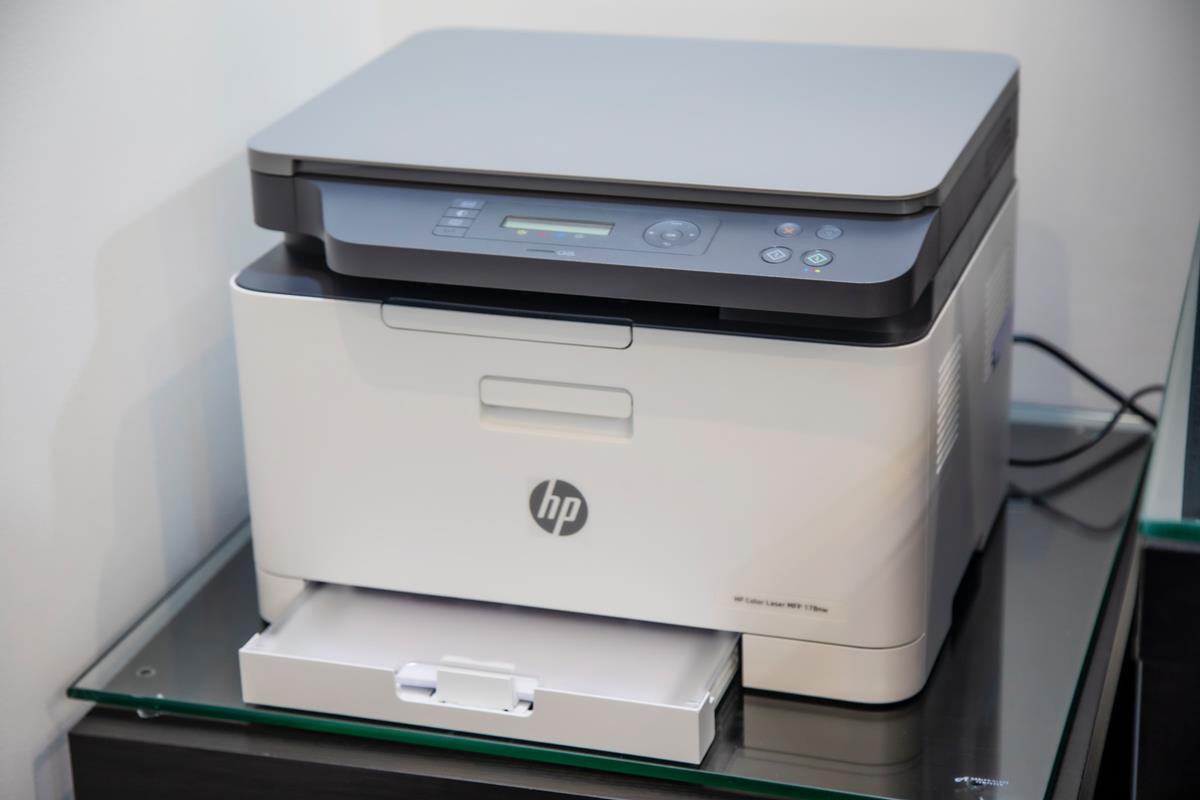
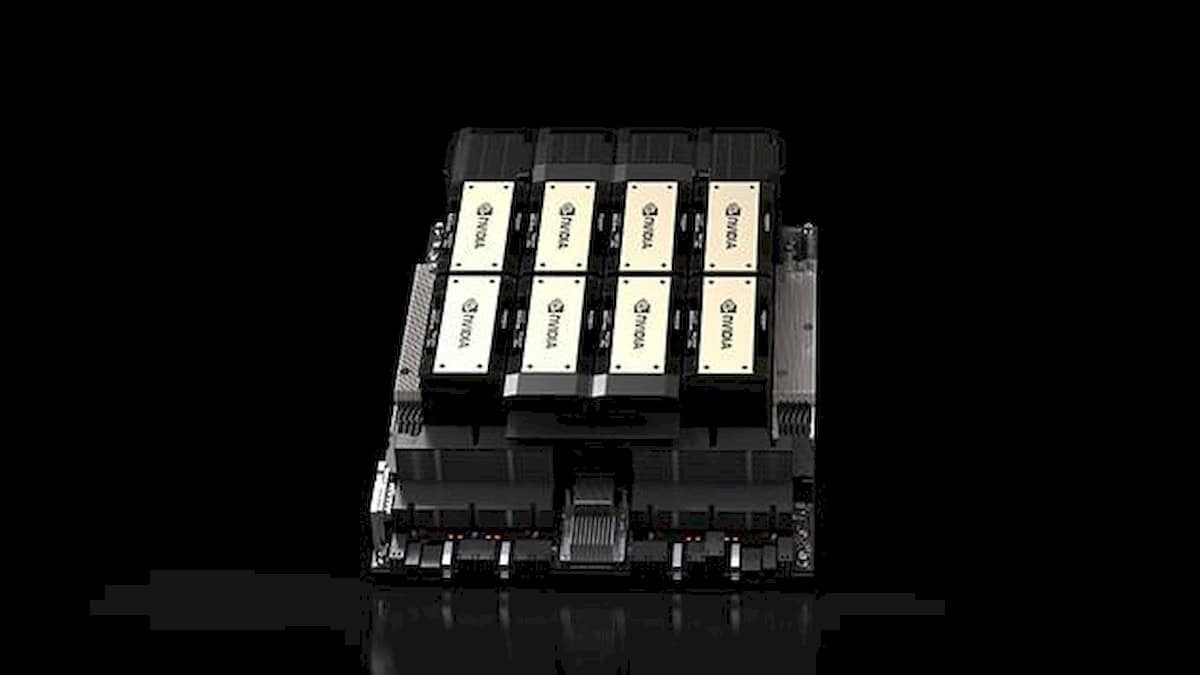
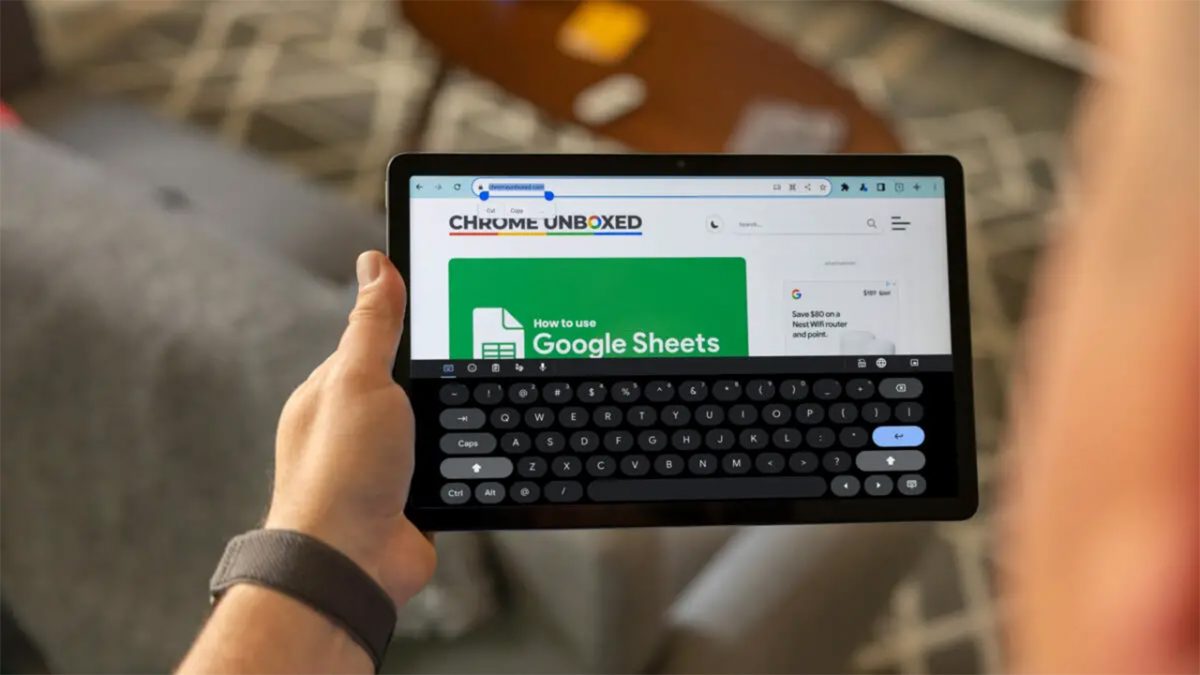
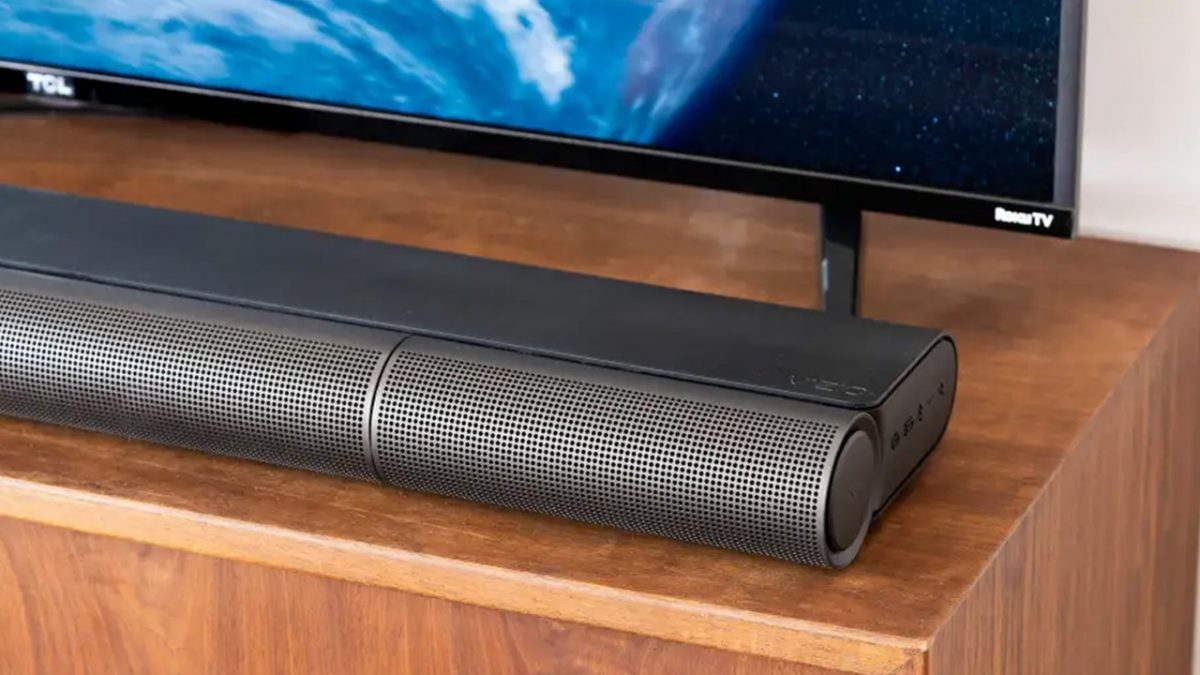
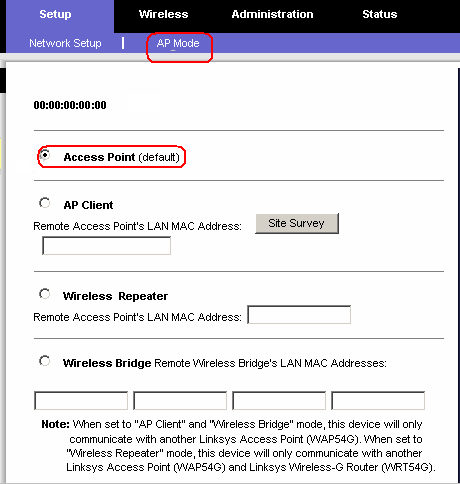
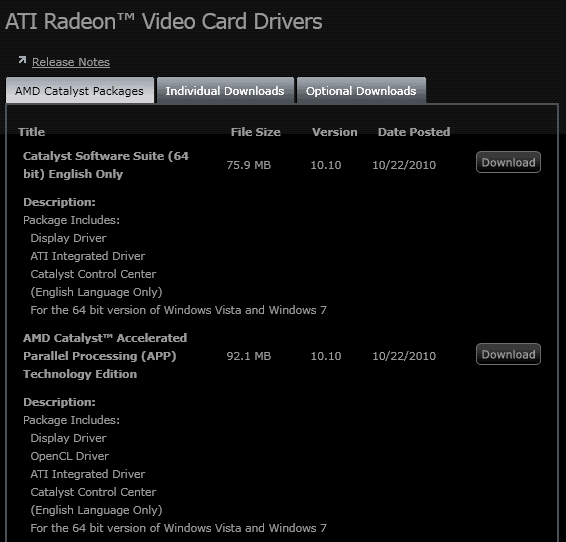










i m not a genius in a compute so what m i to become a genious?
Built my new PC, core i5 750, 4 gigs of DDR3, and geforce 9600GT 1GB… the motherboard is GA-P55-UD4 so I can also run macintosh on my PC :P
I recently built my own new system with a P55A-UD4P, i7 860 and 6 GB of G.Skill memory. Since you will be using the 64-bit version of Windows 7, I strongly advise you to install no less that 6 GB of memory. 4 GB will do the job, but for the multi-purpose, multi-tasking your computer will be doing, the extra 2 GB of memory will give a very comfortable margin performance and not force the system to rely so much on file paging. 4GB is the bare minimum, in my view.